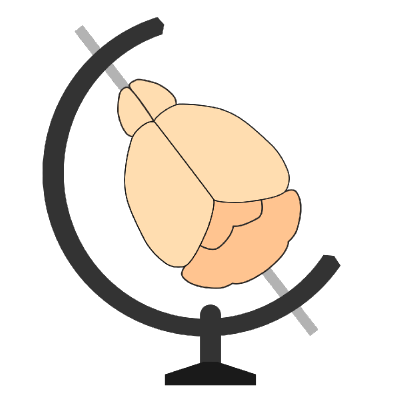Plans for brainrender#
Recent maintenance work means brainrender now works with more recent versions of Python and more recent versions of key dependencies (such as vedo). It should also be straightforward to install on all operating systems. We take this opportunity to set out the next steps for this tool.
In line with our roadmap, we plan to deprecate brainrender’s graphical user interface (GUI) in the next few months, in favour of brainrender-napari. This new tool will mean that users can visualise neuroanatomical data registered to a BrainGlobe atlas through the same GUI framework - napari - as other BrainGlobe tools. This will allow you to perform the BrainGlobe analysis pipeline flexibly in the same application, without resorting to the command line.
We also plan to continue to support the brainrender Python interface. Note that brainrender and brainrender-napari will be two equivalent, but independent ways to visualise neuroanatomical data in a common coordinate space (the former through vedo, the latter through the napari canvas) rather than co-existing in a frontend-backend relationship like other brainglobe tools (e.g. cellfinder.napari and cellfinder.core). Under the hood, we might move some functionality around so that it can be used both from brainrender and brainrender-napari.
What do I need to do?#
You may want to install the updated brainrender into a fresh conda environment, especially if you were experiencing issues with brainrender. If you use brainrender through its GUI, you may want to start experimenting with brainrender-napari and let us know how it works for you - we always welcome your feedback.
